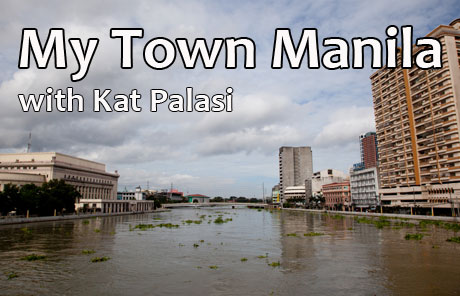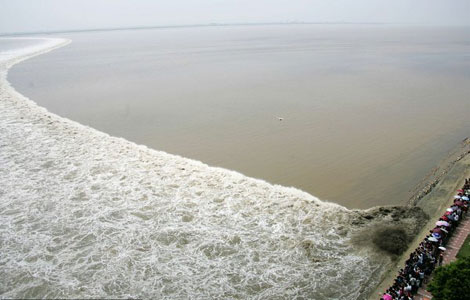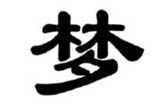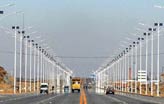Conoco has not plugged all leaks
Updated: 2011-09-16 07:07
By Xin Dingding and Zhou Yan (China Daily)
|
|||||||||
BEIJING - Small slicks of oil are still emerging near one of the two drilling platforms in Bohai Bay that were leaking.
The North China Sea branch of the State Oceanic Administration said on its website on Thursday that intermittent oil sheens were seen appearing near Platform C in the Penglai 19-3 oilfield, the largest offshore oilfield in China, over the last week.
Between Sept 7 and Tuesday, an average of 3.6 liters of oil were seen each day. On Wednesday, it was down to 1.66 liters.
| ||||
The monitoring results are expected to be updated on a daily basis from now on.
The oilfield operator ConocoPhillips China said in a statement on Thursday that the intermittent sheens occasionally rising to the surface at platform C are "a result of the residual oil droplets displaced during seabed clean-up activities around Platform C".
Divers have cleaned 5.84 cubic meters of oily mud from the seabed under Platform C in the eight days since Sept 7.
But Wang Yamin, an associate professor at the Marine College of Shandong University, said that sealing the sources of the leaks was a difficult task and the seepage could indicate that not all the leaks have been sealed.
"Unlike the oil pollution in the Gulf of Mexico (in the summer of 2010), in which engineers knew where the oil leak was but had a hard time sealing it, the difficulty here lies in finding the sources of the leaks in waters with poor visibility," he explained.
How to depressurize the oil reservoir while ensuring safety and environmental protection is another problem, he added.
China National Offshore Oil Corporation, which holds 51 percent of the leaking Penglai 19-3 oilfield, said that it has approved plans submitted by ConocoPhillips China to depressurize the reservoir.
One plan proposes discharging fluids from various locations throughout the reservoir. Another outlines measures, which include drilling wells, designed to provide additional protection against any reservoir fluids polluting the seabed.
ConocoPhillips China said it has reported the plans to the State Oceanic Administration, which has yet to comment on them.
Since June 4, when the first oil spill was detected, the leaks at the two oil platforms in the Penglai 19-3 oilfield in Bohai Bay have polluted at least 5,500 sq km of sea.
The State Council has called for a thorough investigation into the oil spills and imposed restrictions on new petrochemicals projects and reclamation projects in the bay.
As for a fund that ConocoPhillips China said it would establish to cover the cost of the clean up, the company said the details are still being discussed.












